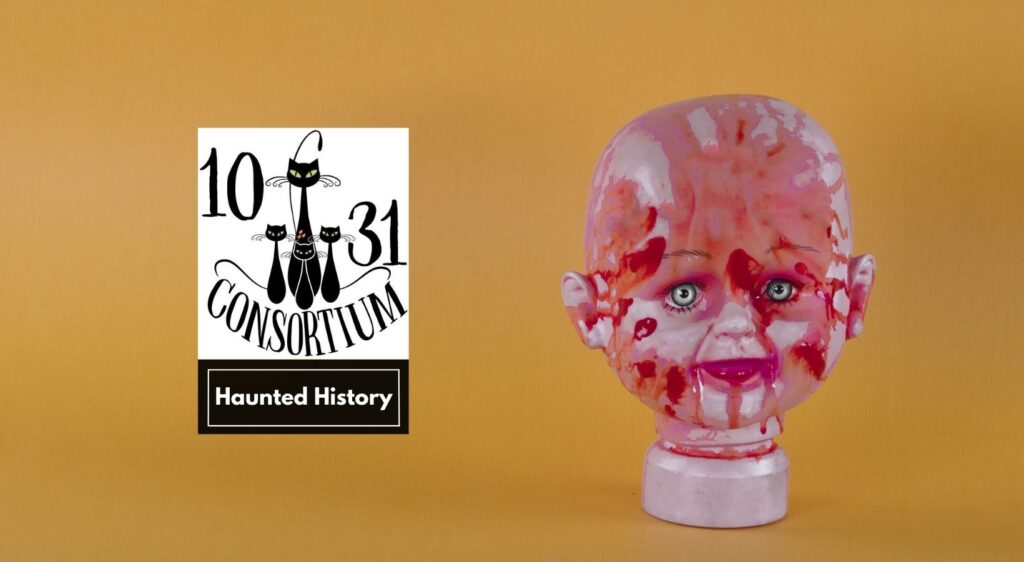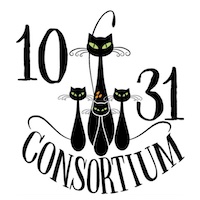Trick or Treat is a beloved Halloween tradition that has been celebrated in the United States for over a century. From the earliest recorded instances of the event to the modern-day Fifolet Halloween Festival in Baton Rouge, Louisiana, Trick or Treat has evolved and changed with the times. Here is a look at the history of Trick or Treat in the USA, how it has impacted neighborhoods, and how it has adapted to meet the needs of modern society.
The Origins of Trick or Treat: Ancient Traditions and Early Beginnings
Trick or Treat has its roots in ancient Celtic traditions, specifically the festival of Samhain. During this festival, people would light bonfires and dress up in costumes to ward off evil spirits. It wasn’t until the early 20th century, however, that Trick or Treat as we know it today began to take shape in the United States.
The First Recorded Instances of Trick or Treat in the USA
The earliest recorded instance of Trick or Treat in the USA dates back to the 1920s, when the tradition was still in its infancy. Children would dress up in costumes and go door-to-door, asking for candy and other treats. In some cases, they would also perform small pranks or tricks if they didn’t receive a treat.
The Original Tricks, Treats, and Costumes
In the early days of Trick or Treat, the treats were often homemade, such as cookies, apples, or popcorn balls. Costumes were simple and homemade as well, often made from old clothes and household items. The tricks, while generally harmless, could include things like soaping windows or toilet papering trees.
Public Opinion of Trick or Treat and Halloween Through the Past 100 Years
Public opinion of Trick or Treat and Halloween has varied over the years. In the early 20th century, there were concerns about the mischievous nature of the holiday and the potential for property damage. In the 1950s and 60s, Trick or Treat became more popular and widely accepted, but there were still concerns about the safety of children. In the 1980s, unfounded fears about candy tampering led to widespread panic and a decline in Trick or Treat participation. Today, Halloween is celebrated by millions of people of all ages and is a beloved holiday across the United States.
Trick or Treat and Neighborhoods: The Positive Impact of Halloween
Trick or Treat is more than just a fun holiday tradition; it also has a positive impact on neighborhoods. When communities come together to celebrate Halloween, they build stronger bonds and create a sense of belonging. Active and engaged neighborhoods are generally safer and more welcoming, and Trick or Treat is one way to promote community involvement.
The Lack of Trick or Treat in Urban Neighborhoods
While Trick or Treat is a beloved tradition in many neighborhoods across the United States, it is often absent in urban areas due to safety concerns like crime, traffic, and lighting. However, organizations like the 10/31 Consortium in Baton Rouge are working to revitalize Trick or Treat in urban neighborhoods by providing safe and well-lit routes and organizing events for all to enjoy.
The Rising Cost of Halloween Costumes
One challenge that Trick or Treat and Halloween in general face today is the rising cost of costumes. With Halloween becoming a more elaborate holiday, costumes have also become more elaborate and more expensive. However, there are still many ways to celebrate Halloween without breaking the bank, such as making costumes from household items or participating in community events. This is also why 10/31 Consortium provides free costumes to children in need in the Baton Rouge area.
The Unfounded Fears of the 1980s
In the 1980s, fears about candy tampering, including the insertion of needles, razor blades, and even drugs, led to widespread panic and a decline in Trick or Treat participation. While there were a few isolated incidents of candy tampering, the vast majority of these fears were unfounded. In fact, there has never been a confirmed case of a child being harmed by a maliciously tampered piece of candy. Despite this, many parents became fearful and stopped allowing their children to participate in Trick or Treat.
The Positive Aspects of Trick or Treat: Bringing Communities Together
Despite the challenges and fears associated with Trick or Treat, the tradition has endured and continues to bring communities together. From small neighborhoods to large cities like Baton Rouge, Trick or Treat is a chance for people to connect and have fun. The Fifolet Halloween Festival, organized by the 10/31 Consortium in Baton Rouge, is a prime example of how Trick or Treat has adapted to meet the needs of modern society. The festival includes a variety of events, including a pub crawl, Halloween ball, 5k, arts market, Halloween parade, and awards brunch, and brings people from all over the city together to celebrate Halloween.
Louisiana Trick or Treat
Trick or Treat has a unique history and flavor in Louisiana, including in Baton Rouge. The state’s rich cultural heritage, with influences from France, Spain, Africa, and Native Americans, has led to a distinctive blend of traditions and customs that can be seen in Halloween celebrations. In addition to the Fifolet Halloween Festival, many neighborhoods in Baton Rouge still participate in Trick or Treat, with some even going all-out with decorations and themed houses. In Louisiana, it’s not uncommon to see Trick or Treaters dressed up as ghosts, ghouls, and voodoo queens, and to be offered traditional Louisiana treats like pralines or beignets. Halloween is a time for fun, but it’s also a chance to celebrate the unique cultural heritage of Louisiana and to come together as a community.
Trick or Treat is a beloved Halloween tradition that has evolved over time to meet the needs of modern society. From ancient Celtic festivals to the modern-day Fifolet Halloween Festival in Baton Rouge, Trick or Treat has adapted and changed, but its core purpose remains the same: to bring people together and have fun. Despite the challenges and fears that have been associated with Trick or Treat over the years, it has endured as a symbol of community and connection. Whether you’re a child or an adult, Trick or Treat is a chance to let loose and have a little fun, and that’s something that we could all use a little more of in our lives.

